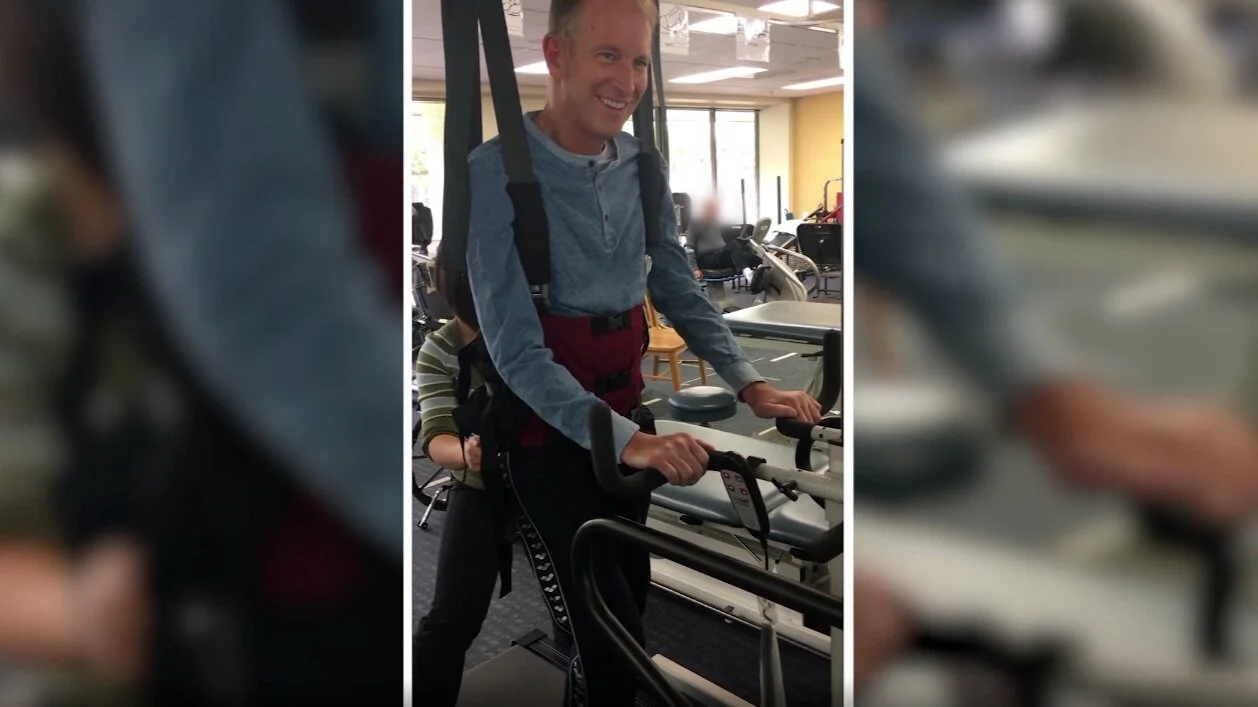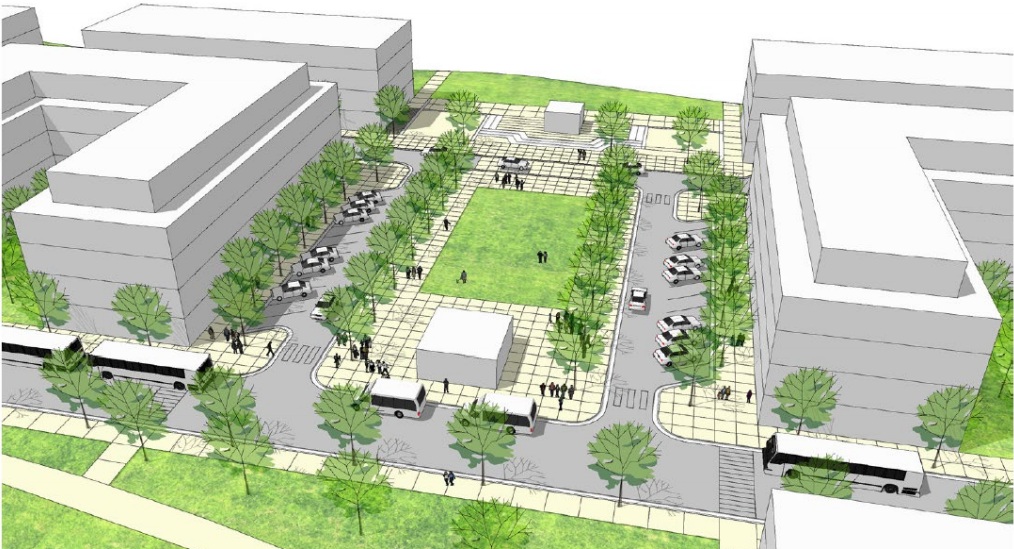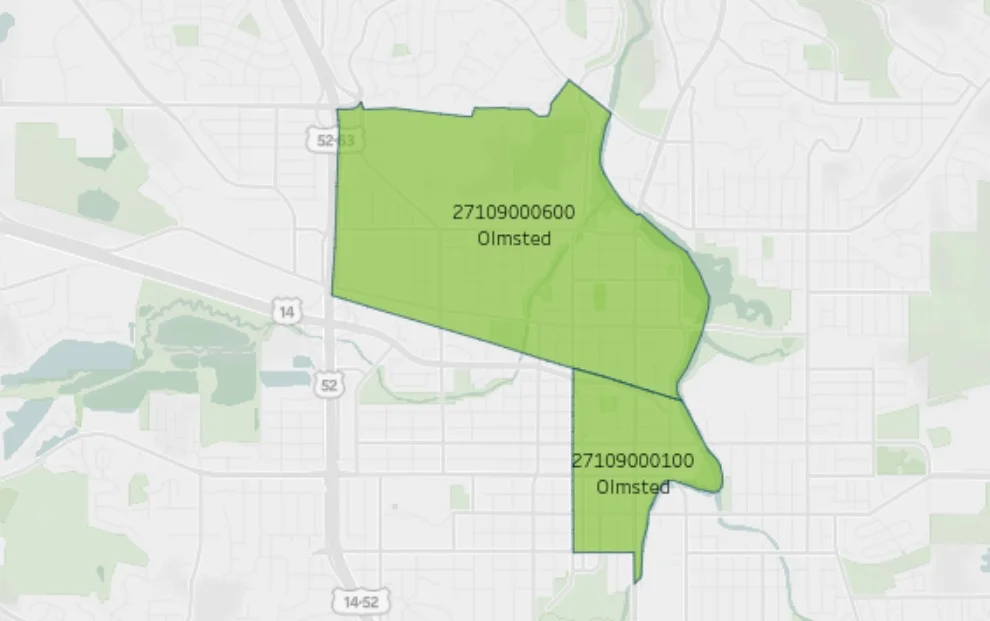Mayo Clinic patient takes first steps toward a medical breakthrough
After suffering a traumatic spinal cord injury in a surfing accident, Chris Barr thought he would never walk again.
“The prognosis was — was bad,” Barr said in a recent interview with ABC’s Good Morning America. “And bad meaning, you know, probably a 95 to 97 percent chance that I’ll have nothing below my neck.”
With the odds stacked against him, Barr had lost all hope — at one point even contemplating the idea of ending his own life, according to GMA.
But with the support of his wife, Debbie, he decided to continue on with physical therapy and attempt to defy his initial prognosis.
And it was a good thing he did.
After months of showing limited progress in rehab and physical therapy, Barr received the phone call that would ultimately change his life.
The call was from Dr. Mohamad Bydon, a neurosurgeon at the Mayo Clinic in Rochester. Bydon informed Barr of a new clinical trial being conducted to treat patients with paralysis from spinal cord injuries.
Barr was quick to sign up. As he tells it, he had nothing to lose.
“I mean, this is exactly why I stuck around was to do something,” Barr told GMA. “I feel blessed to have the opportunity to participate in this. You know, whatever happened I was, ‘Yeah, let’s do this.’”
Barr became patient no. 1 in the clinical trial. The experimental procedure involved taking stems cells from his own body fat, expanding the cells in the lab, and then injecting them into his lumbar spine.
What resulted is now being discussed as a potential breakthrough development in the emerging field of regenerative medicine.
Within a short amount of time, Barr’s motor and sensory functions began to improve. The same man who had expected to live a life restricted to a wheelchair had also begun to regain feeling in his legs.
Fast forward to today, Barr is back to walking — and enjoying life — on his own two feet.
“I can't say it enough times that the stem-cell regimen and protocol offers hope,” Barr said, via the Mayo Clinic News Network.
Dr. Bydon emphasizes that Barr is a so-called superresponder, and that results varied for other patients involved in the 10-person clinical trial. Further study is needed to determine who else might benefit from the course of treatment, and why some patients respond differently to the injections.
Still, Dr. Bydon says he believes the early findings provide optimism that new therapies are on the way for the hundreds of thousands of people who suffer spinal cord injuries every year. (As of now, there is no cure.)
"The hope is that we will have novel treatments for spinal cord injuries in the coming years that will be different from what we have today,” he said. “These will be therapies that do not rely upon supportive care, but therapies that rely on science to create a regenerative process for the spinal cord.”
You can read more on this case study in the latest edition of Mayo Clinic Proceedings. We have also included the story from GMA below.
Sean Baker is a Rochester journalist and the founder of Med City Beat.
Cover photo via the Mayo Clinic News Network








